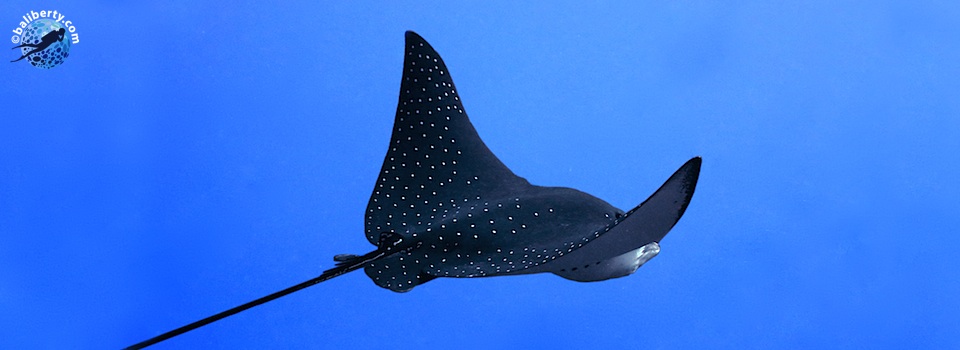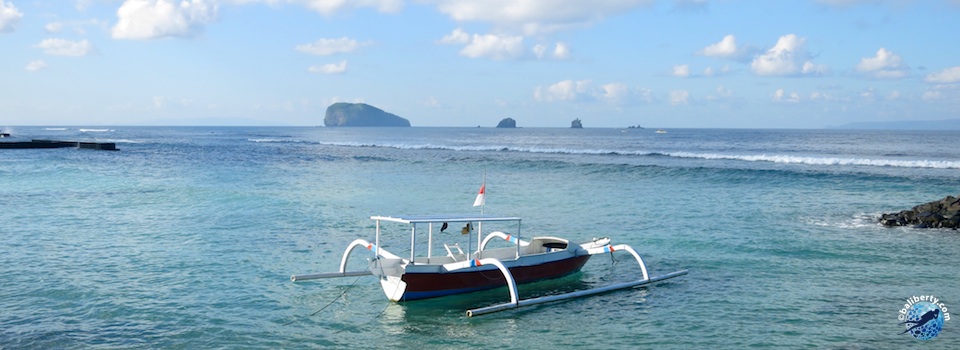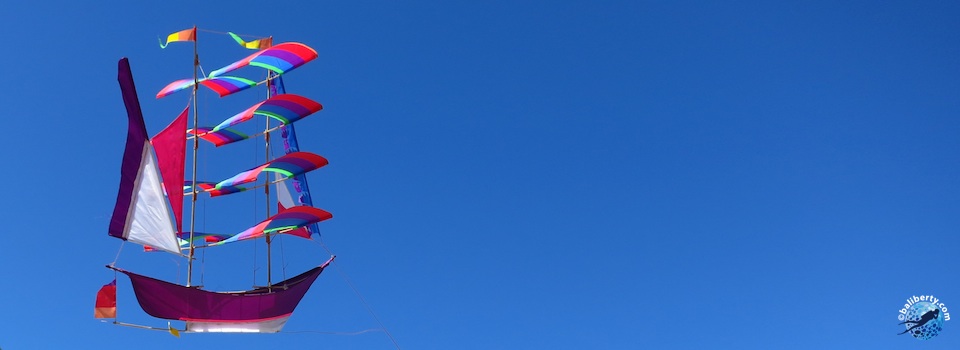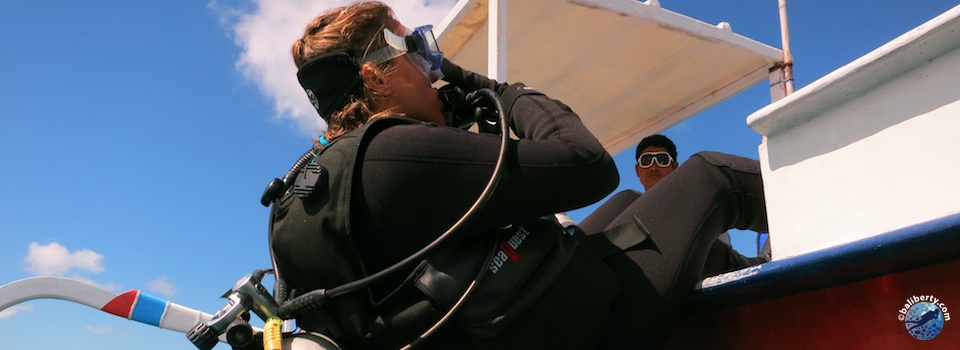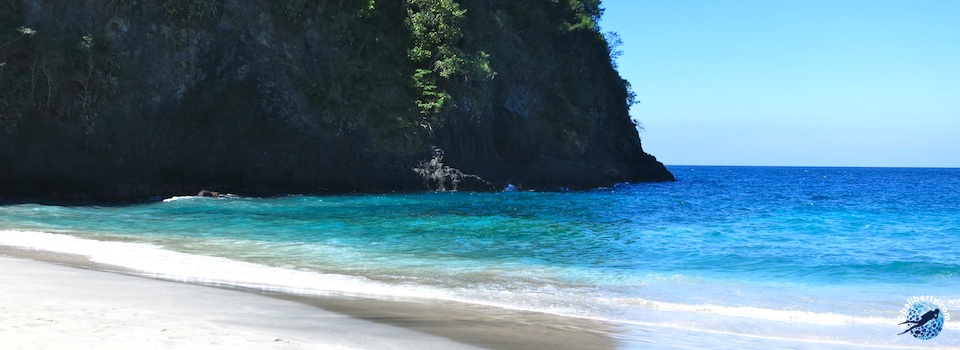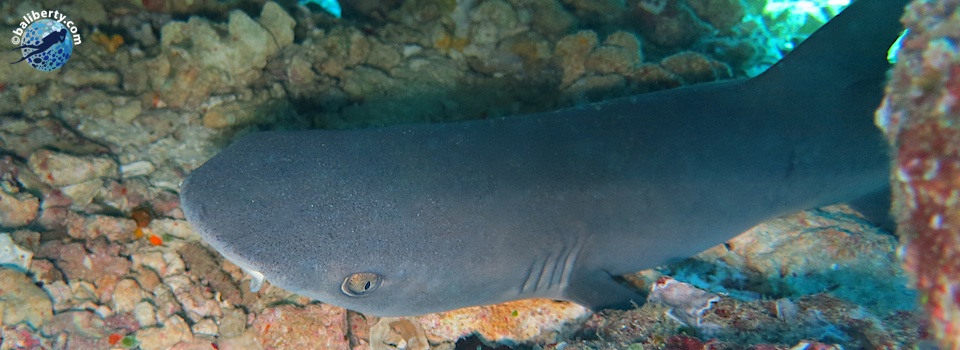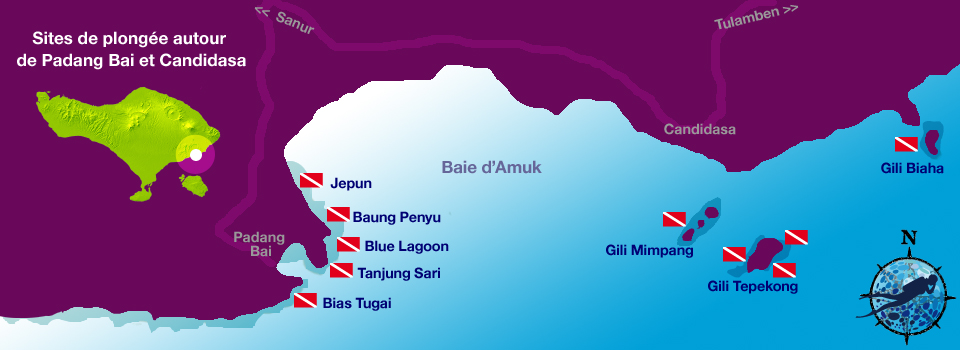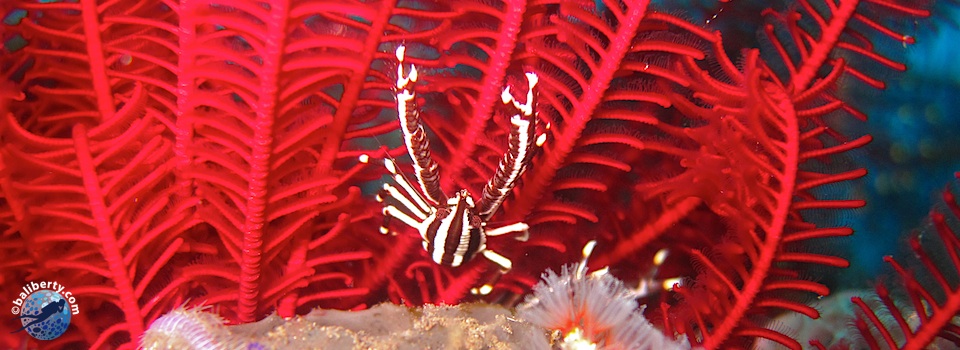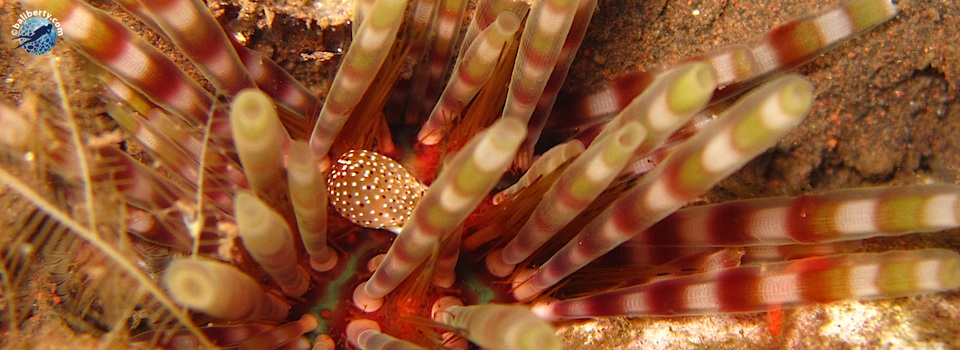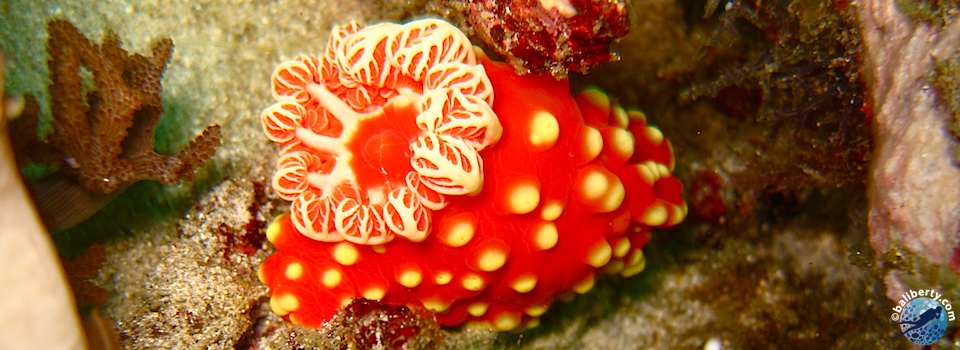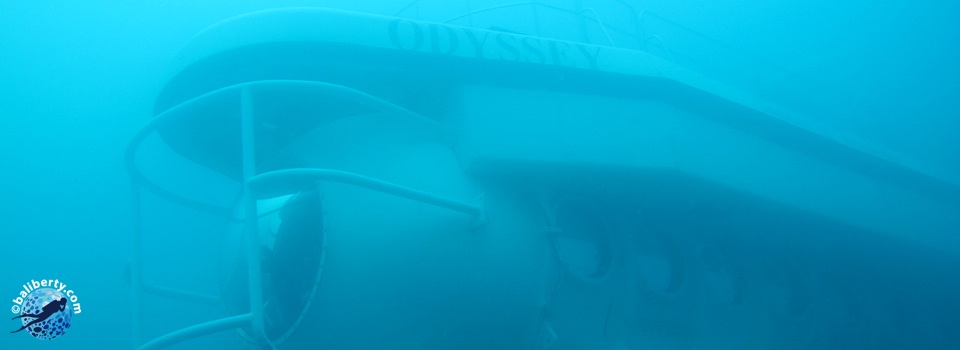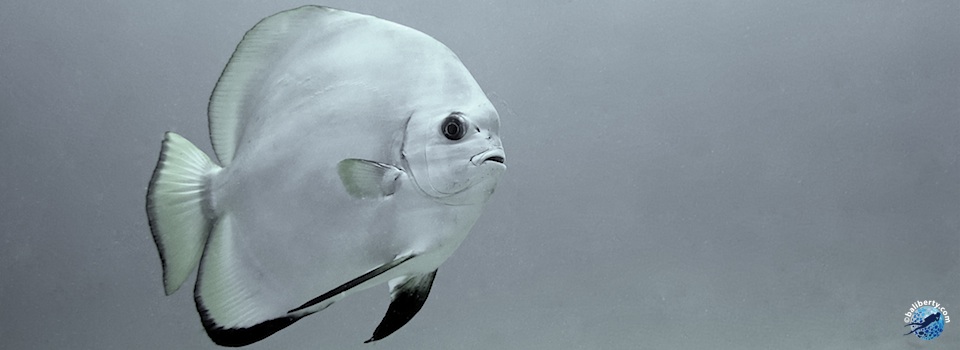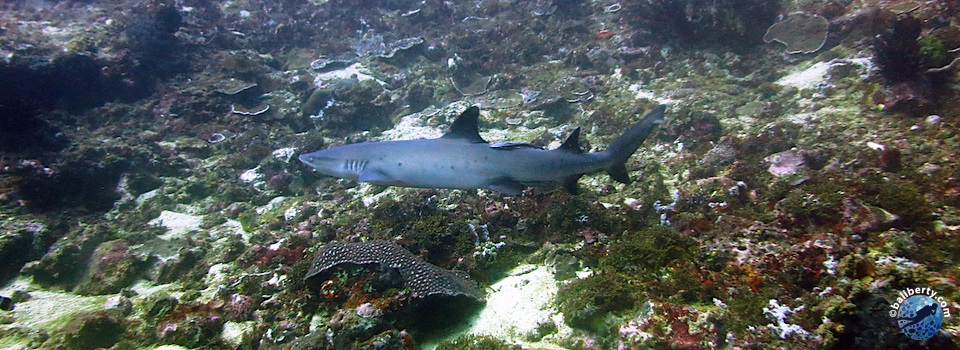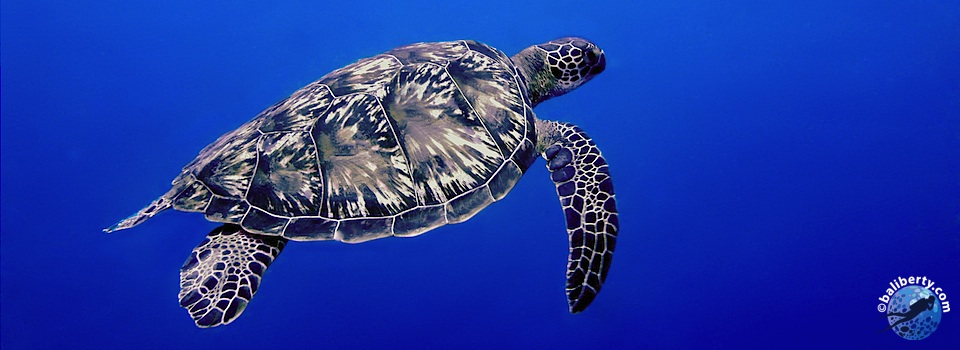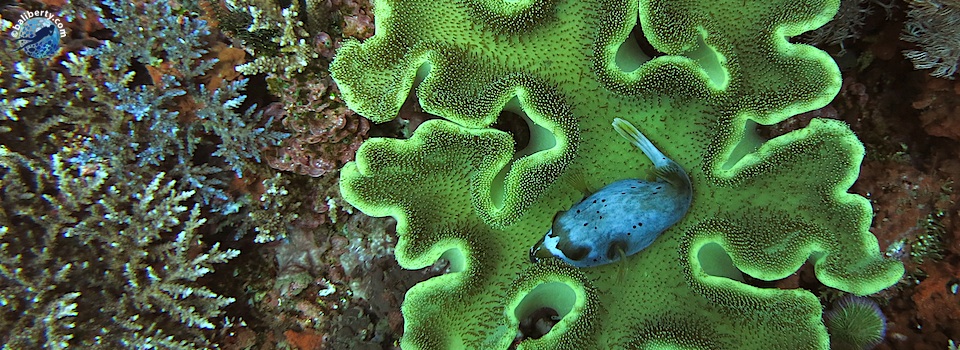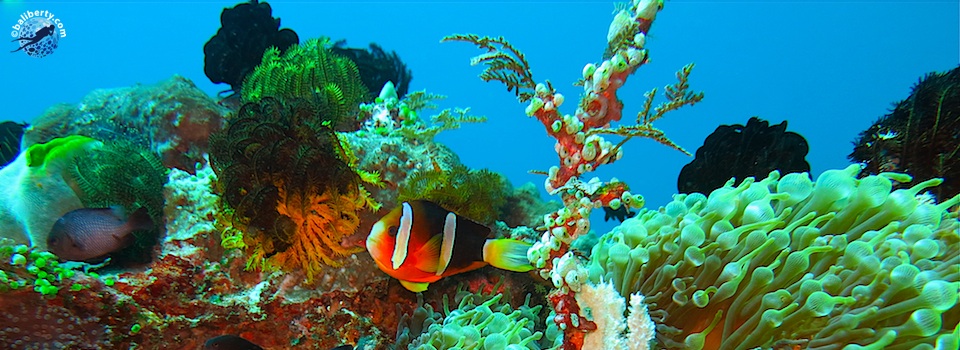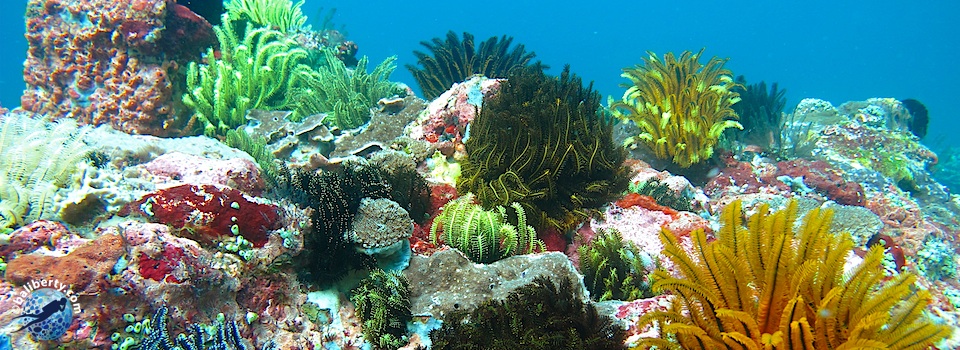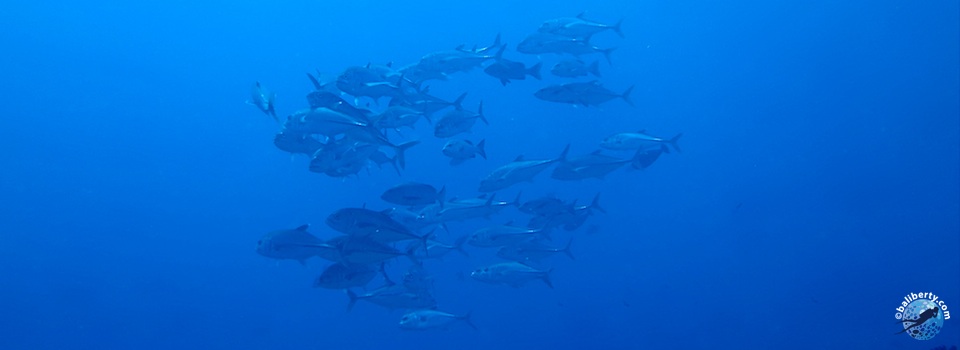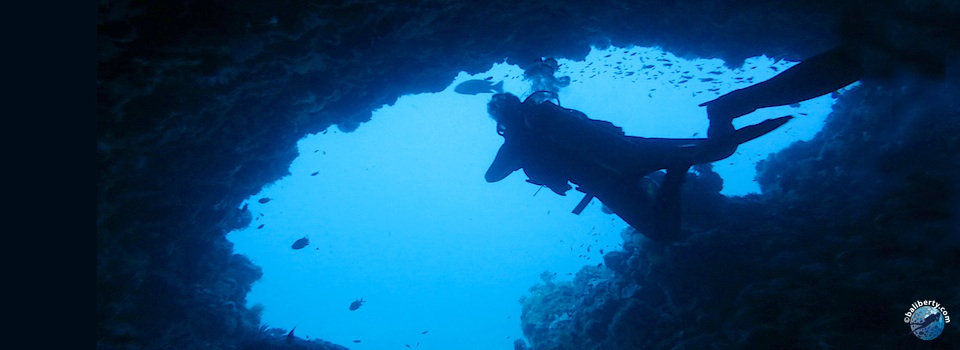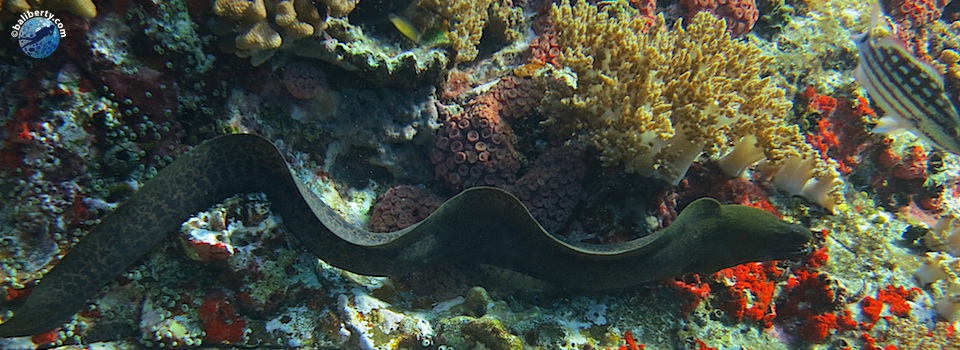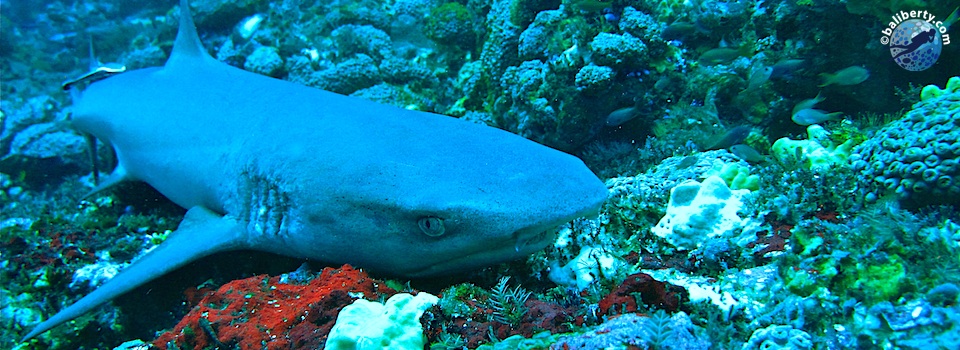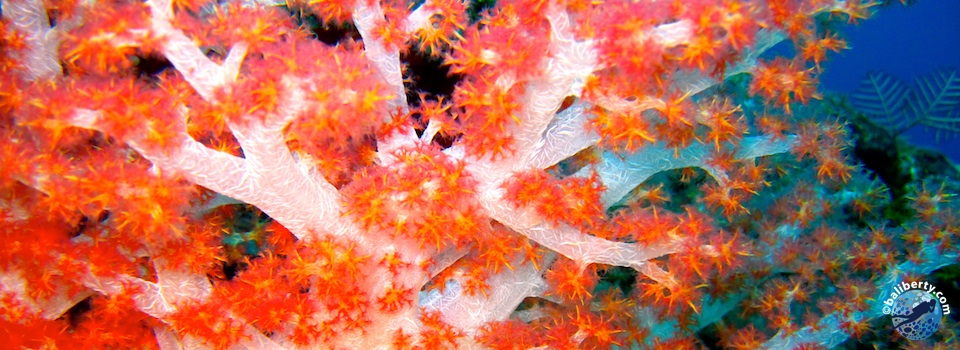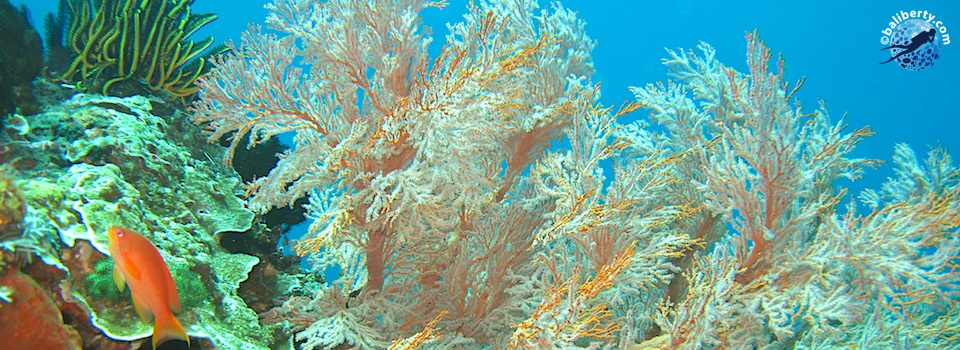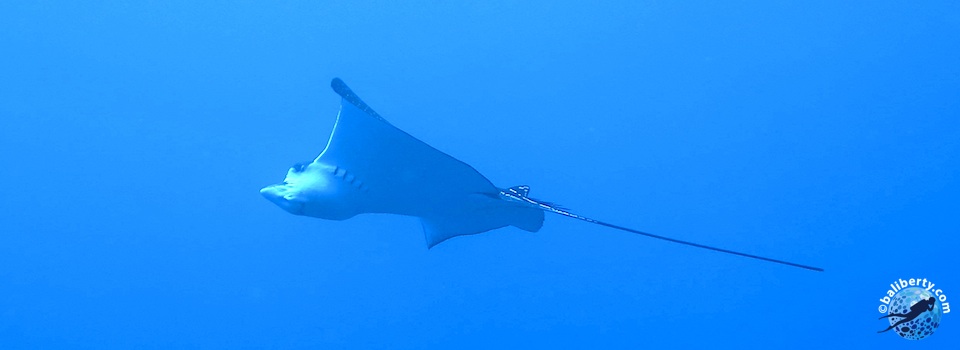- Home
- Dive sites
- Padangbai Candidasa Gilis
Padangbai, Candidasa and “ 3 Gilis” : the Amuk Bay
Location: Eastern coast of Bali, 1hr drive from Sanur.
The Bay of Amuk spreads on 6kms with the towns of Padang Bai to the South and Candidasa to the north.
Padangbai is an old fisherman village with recent infrastructure accommodating ferry connections (Lombok, Trawangan, Air and Meno), while Candidasa is a much younger seaside resort, quiet and family orientated.
Here are some of the best dive sites in Bali and probably ranked in the top 5 for shark enthusiasts.
In Padangbai, the “Blue Lagoon” and “Jepun” sites offer myriads of aquatic treasures and unexpected encounters.
Further out, the islands of Mimpang, Tepekong and Biaha are breathtaking sites only recommended to experienced divers.
Blue Lagoon
Type: Discover Scuba Diving, Photography, Macro, Snorkelling.
Minimum Level: all
Depth: 5 to 25 m – average of 12 m
Current: nul to medium
Visibility: 10 to 30 m
Access: boat dive
Remarks: white sand beach
With its sheltered white sand bay, Blue Lagoon is a very accessible spot located to the North-East of Padabgbai.
Depending on tides and currents, it will only take you an average of 10mns to reach your destination by Jukung (Balinese balanced canoe).
The topography of this site doesn’t seem like much at first (sandy slope, scattered rocks and coral) but it all soon becomes clear as you watch the underwater choregraphy of black-tip sharks, cuttlefish, napoleons, octopus and rays unveils before your eyes.
If you are an experienced diver or an underwater photographer you can reach greater depths to find Cods, scorpionfish, barracudas and sweetlips.
JEPUN
Type: wreck, photography, macro, navigation.
Minimum level: Open water
Depth: 10 to 20 m
Current: nul to medium
Visibility: 5 to 15 m
Access: boat dive
Remarks: wreck and artificial reef, an underwater Odyssey
A short descent along the reef to 18m will take you to the wreck of a well preserved 12m long speed boat. Pay attention and you will see frog fish, scorpion-fish, batfish and marbled eels.
You will be surprised by the purring of the “Odyssey Cruises” submarine taking non-divers for a dry experience from behind the portholes. A strange encounter halfway between Sci-fi and documentary.
Finally, be enchanted by an artificial carpet spreading over a hundred meters filled with : scribbled triggerfish, cow fish, fire gobies, nudibranchs, ringed juvenile batfish, juvenile fish and yellow boxfish, porcelain, blue stingrays, leaf fish, trumpet fish and sweetlips.
Mimpang, Tepekong and Biaha
Type: photography, drift dive, reef dive, cave dive
Minimum level: experienced
Depth: 10 to 40 m
Current: medium to strong
Visibility: 5 to 40 m
Access: boat dive
Remarks: strong currents, unexpected and multi-directional
These 3 islands are constantly exposed to Northerly currents, have very diversified and healthy reef and benefit from rich surrounding waters.
You will encounter a great variety of fish, sharks and pelagics.
The underwater topography is breath-taking : canyons, vertiginous drops and hidden caves.
Ascending cold currents play a great role in shaping this extraordinary marine ecosystem and particularly with the arrival of the Sunfish or Mola-Mola, July to October.
The local diving conditions are affected by the Lombok strait which can sometimes provide an extreme experience.
These strong currents can come from any direction and catch you un-aware ; the water movements are visible from the surface.
If you think that the conditions are perfect be wary of changes once in the water, but if you’re an experienced diver looking for a challenge, go for it !
Remain careful and trust your guide!
Mimpang
You can see the 3 big rocks of Mimpang emerging out of the water from Candidasa, which is only 10 mn away by jukung boat.
This site offers very diversified formations:
Coral garden at shallow depth, perfect for snorkelling
Reef on a white sand slope garnished with coral ;
Scarped rocks.
All laid on an underwater crete ending abruptly facing the abyss, making way for the strait and its highway of currents.
You are only a kilometer away from Tepekong but nevertheless the diving conditions can be drasticaly different by the hour from one site to the other.
So no worries if you can’t dive at Mimpang first, start with Tepekong and comeback for the second dive.
It is more likely that you will see white-tip sharks here rather than at Tepekong.
Both sides of the reef are covered with hard coral, staghorns but soft coral, gorgonians and sponges too.
Fauna: schools of red snappers, blue-spotted stingrays, eels, trumpet fish, butterfly fish, trigger fish, scorpion-fish, mola-mola and nudibranchs.
Tepekong
This 300m long island is located 15mns from Mimpang and is much larger, offering three different dive sites : The Canyon, The Garden and The Wall.
You will find here a display of different natural formations : drops with sheer walls, canyons, tunnels and coral gardens.
The visibility is usually very good but thermoclines, cold water (16 degrees) and strong currents are never far away.
The Canyon
Location : South-Western tip of Tepekong.
The canyon starts at 25m deep after a steep drop.
It offers a display of spectacular seascapes:
sharp basalt rock formations where white-tip sharks peacefully cohabit with sweetlips, snappers and trevallies ;
natural shelters to protect you from currents ;
tight “squeezes” between rock blocks.
The underwater scenery remains impressive even when confronted with currents and a poor visibility.
Attention:
This site is the most beautiful of all Tepekung but it can be, nevertheless, of the most dangerous to dive too.
So if the conditions aren’t right and you hear about the “flushing effect”, reconsider and dive ‘The Garden”.
The Garden
Location : North-East of the island.
This site starts at 10m on a slope down to 40m and ends up on “The Wall”.
It is the most protected area of the island and therefore provides with/for pristine conditions :
magnificent seabed covered with sponges and table coral.
Fields of feather stars, anemones and soft coral, mixed with a great visibility (down to 25m deep), give the site its flamboyant and colourful aspect.
As you go South, you will find the entrance of a large tunnel going from 21m to 27m.
The conditions are less challenging than ‘The Canyon’ but currents will get stronger as you approach ‘The Wall’.
The Wall
Location : South-East of the island.
The Wall is formed by a rocky reef covered/lined with coral.
It can be quite challenging as strong currents will come whipping from the North making it almost impossible to dive.
On a good day, you will be able to enjoy going up the “cheminee’ which takes you from 40m to 16m.
Fauna: damsel fish, butterfly, anthias, rays, sea snakes, humphead parrotfish, batfish, triggers, groupers, eels, turtles, tunas and mola-molas.
BIAHA
Location : 20 mns west of Candidasa
Biaha is an enormous 120m long rock in the shape of a croissant.
These inspiring seascapes can be hit by unpredictable swell and currents creating, at times, a “flushing effect” so remain vigilant.
The reef surrounding the island is a wonder of diversity and colourfulness :
to the north, sandy slopes ; to the south, sheer drops ;
to the east, shark caves and vertical beaks/cracks ;
to the west, coral and feather stars gardens.
Small reef fish, coral, sponges, invertebrates, big open water fish, turtles … in short, Biaha is an underwater kaleidoscope.
Fauna: sharks, rays, scorpion fish, cuttle fish, octopuses, shrimps, crabs, nudibranhs, pelagics.



